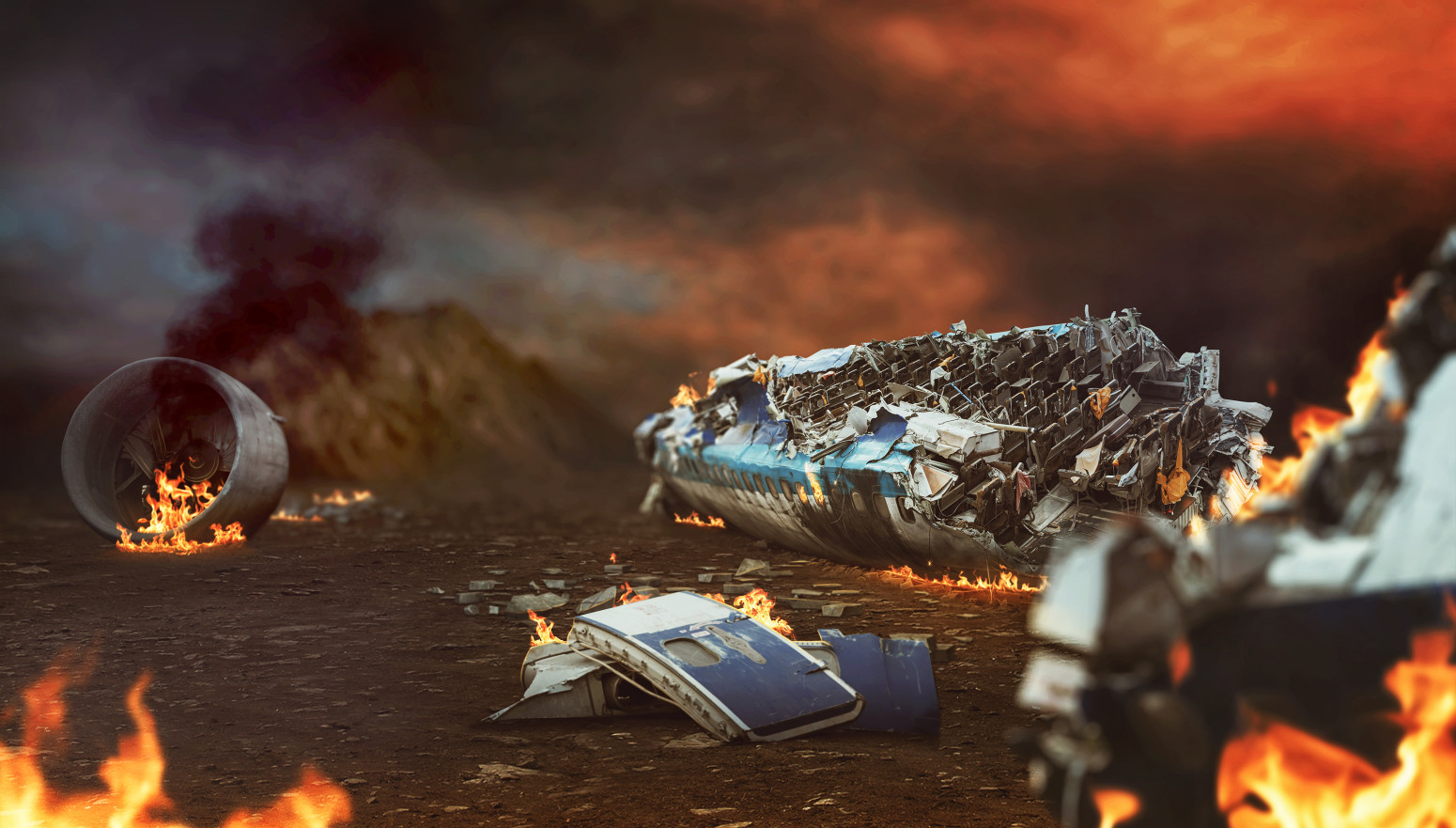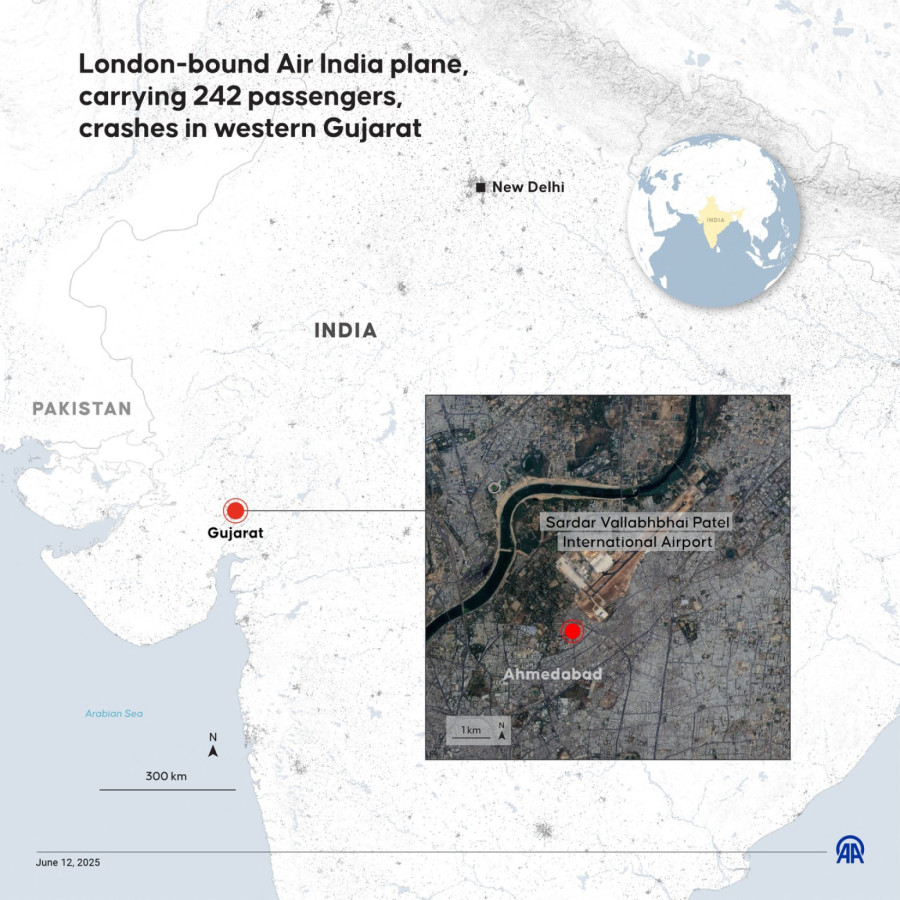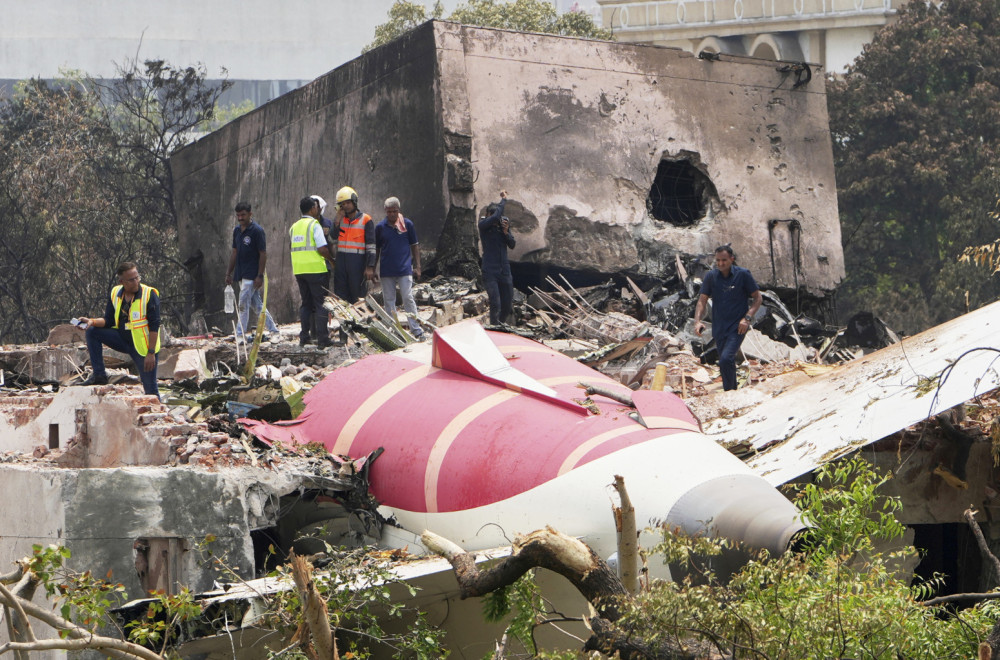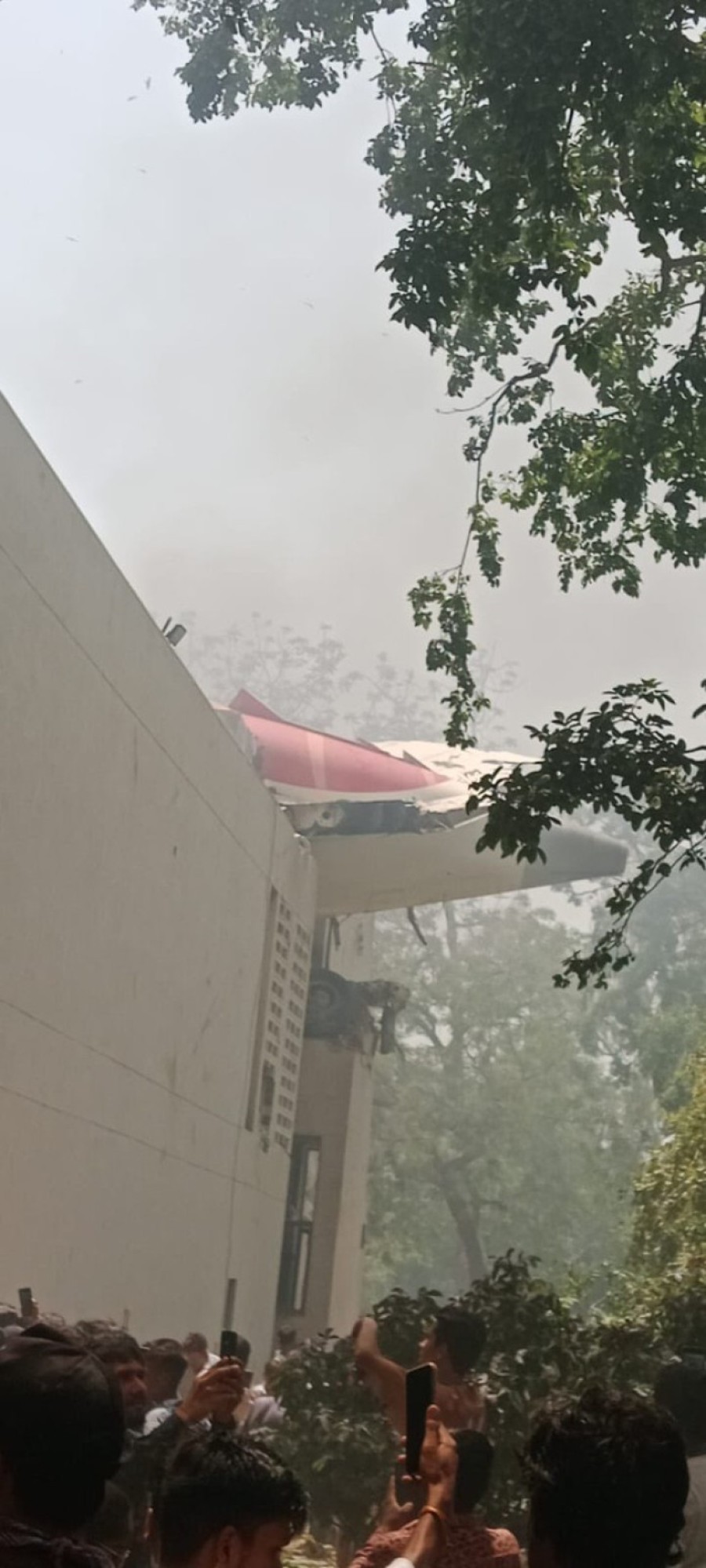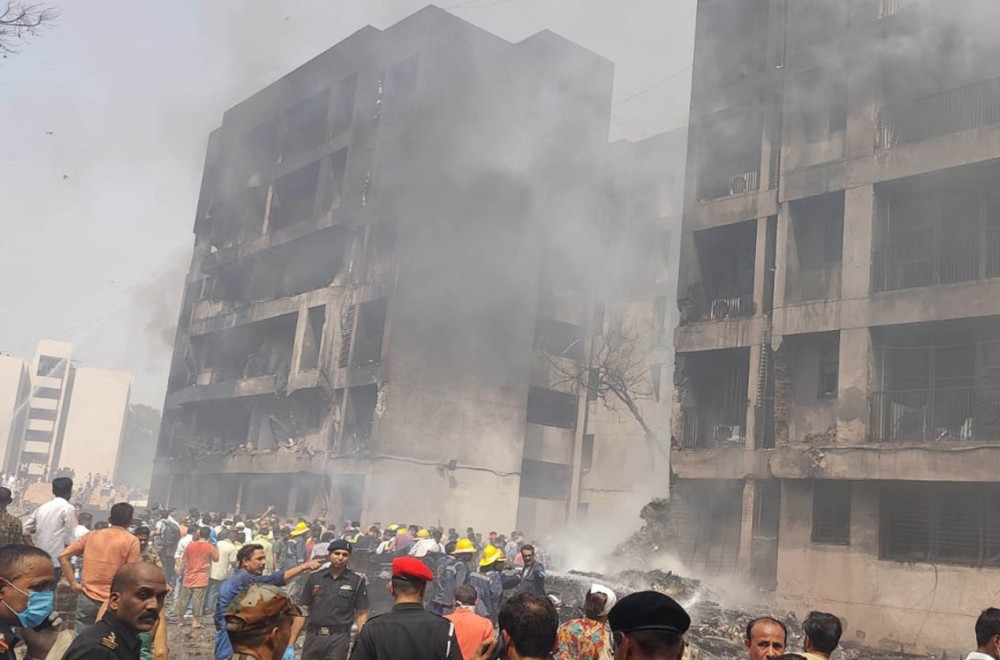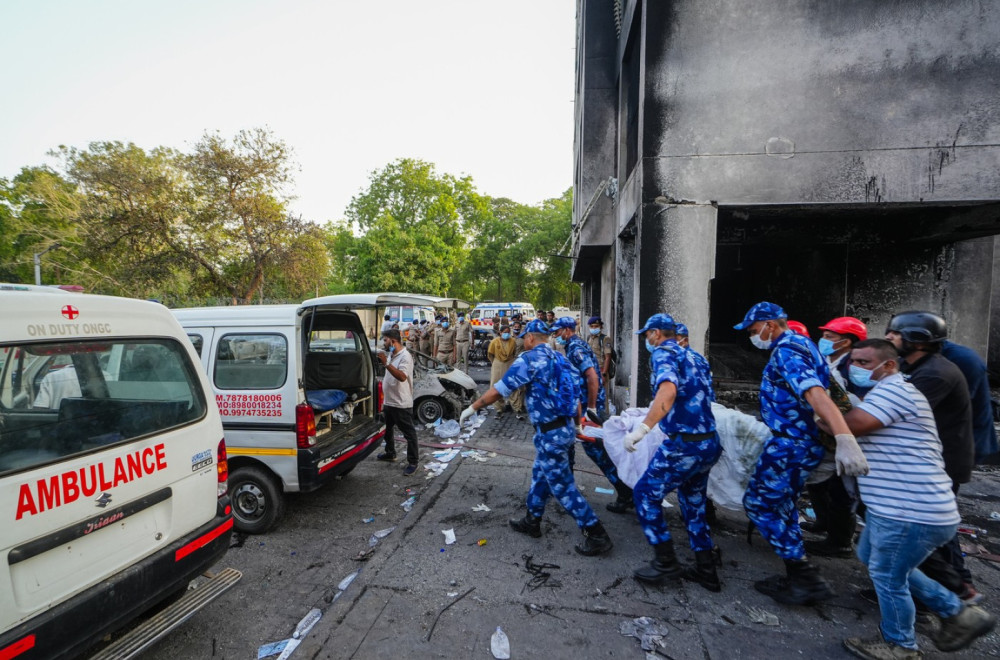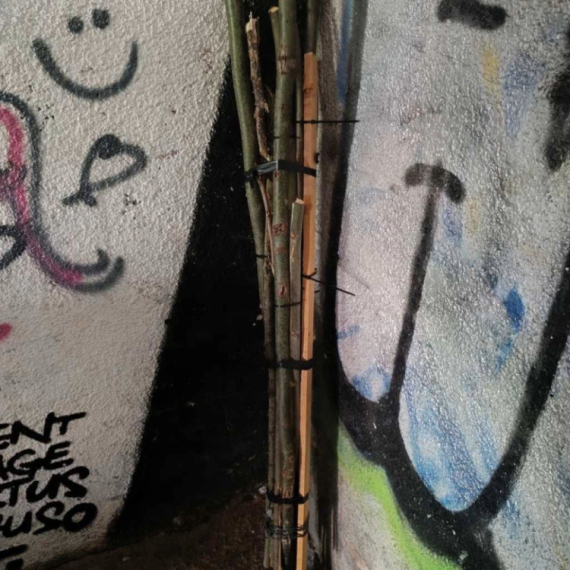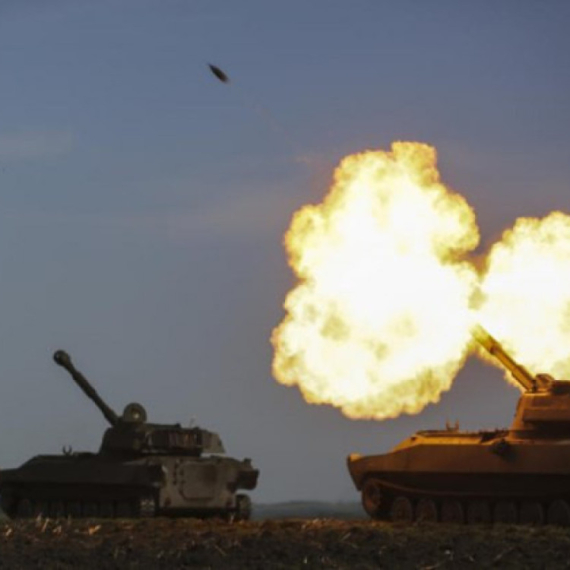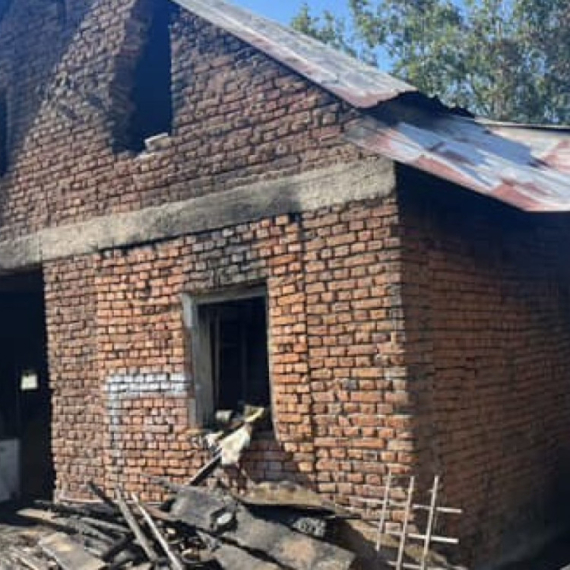Shocking New Evidence in Air India Crash: Did the Crew Intentionally Cut Off Fuel?
The horrific tragedy that shook India and the world — the crash of Air India’s Boeing 787 Dreamliner on June 12, which killed 19 people on the ground and 53 passengers onboard — is revealing chilling new details. New forensic evidence suggests the crash might have been caused by the crew deliberately cutting off the fuel supply! Yes, you read that right — someone in the cockpit may have manually switched off the fuel cutoff switches, causing the engines to lose power and the plane to plummet into the densely populated Megani Nagar area in Gujarat.
How did this even happen?
According to preliminary reports from the Aircraft Accidents Investigation Bureau (AAIB), the cockpit voice recorder captured the last conversation between the pilots where one asks the other, “Did you cut off the fuel?” and the other replies, “No.” However, the fuel cutoff switches for both engines were moved to the “off” position almost simultaneously, which is impossible to happen accidentally due to safety mechanisms designed to prevent unintended activation.
Captain Mohan Rangantan, a leading Indian aviation expert, states that the switches are designed to be pulled up manually before they can be turned, making accidental movement highly unlikely. He even suggests it might have been intentional sabotage or pilot suicide.
Families Demand Truth and Transparency
The families of the victims are shocked and angry at these preliminary findings. Baval Shah, a friend of one of the victims, openly asks, “If these switches can’t be easily turned off and no software fault could have caused it, then it was intentional, right? Sabotage or suicide.”
Dipti Soni, who lost three relatives in the crash, demands full transparency and a fair investigation. “We need to know the truth. Air India and Boeing will want to save their skins, but families deserve justice,” she says.
Technical Details and Investigation
The plane was carrying 54,000 kilograms of fuel, within permitted limits, and fuel samples were deemed satisfactory. Preliminary reports do not indicate any fault with Boeing or General Electric, the engine manufacturer. However, Air India did not implement recommended inspections related to the fuel cutoff switch safety mechanisms, despite a legally binding directive issued by US authorities to address issues with some levers.
Investigators are also considering whether the aircraft’s electronic control unit could have activated the switches, which would be a serious safety concern.
What’s Next?
The investigation is ongoing, with tensions rising between Indian and American investigators over access to black box data. The sole surviving passenger, Visvaran Kumar Ramesh, described the crash as a “miracle,” as the plane reached only a few hundred meters in altitude before losing power and exploding into a fireball.
This tragedy is a major blow to Air India, the country’s oldest airline, which is trying to revitalize its operations after years under government control. It is also a blow to Boeing, which is already under scrutiny for the safety standards of its aircraft.
Conclusion
Was this an accident or intentional sabotage? Will the families ever learn the truth? The investigation will reveal, but one thing is clear — this incident casts a shadow of doubt over aviation safety and raises questions about accountability and transparency in the airline industry.
Got thoughts on this? Think it’s just the tip of the iceberg? Drop a comment and let’s see if we can unravel more secrets behind this crash together!







